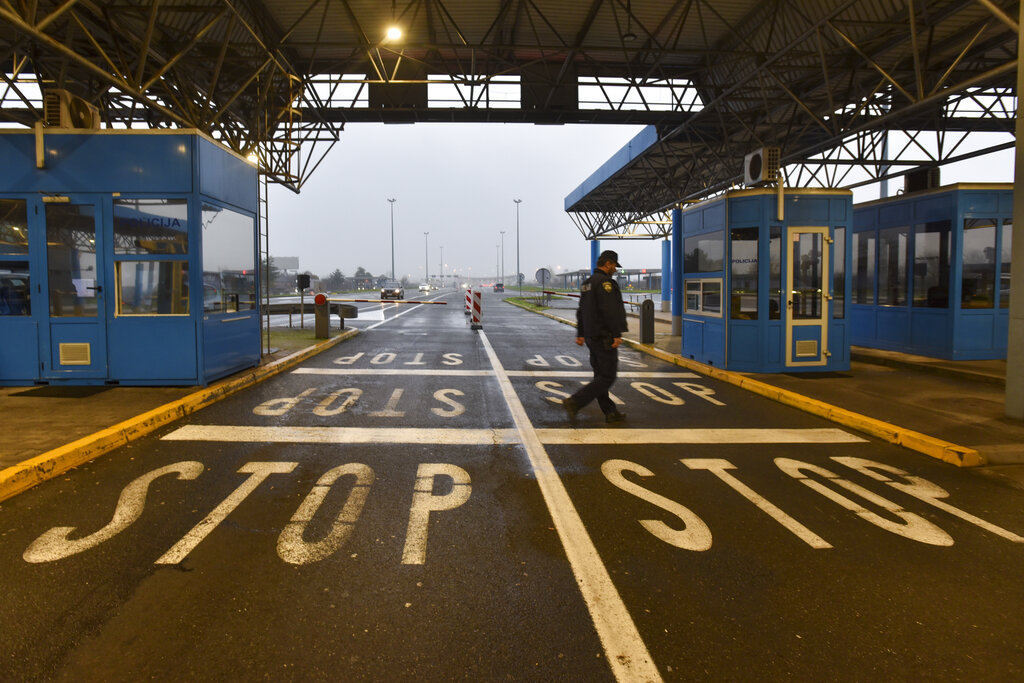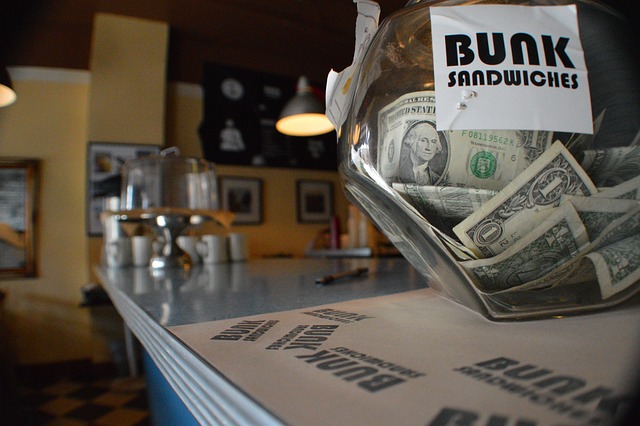Read time : 5 mins
Level : Intermediate

By JAMES BROOKS Associated Press
LAS VEGAS (AP) — The past year has been difficult for startups everywhere, but running a company in Ukraine during the Russian invasion comes with a whole different set of challenges.
Clinical psychologist Ivan Osadchyy brought his medical device, called Knopka, to this year’s CES show in Las Vegas in hopes of getting it into U.S. hospitals.
His is one of a dozen Ukrainian startups backed by a government fund that are at CES this year to show their technology to the world.
“Two of our hospitals we operated before are ruined already and one is still occupied. So this is the biggest challenge,” Osadchyy said.
“The second challenge is for production and our team because they are shelling our electricity system and people are hard to work without lights, without heating in their flats,” he said. Continue reading









